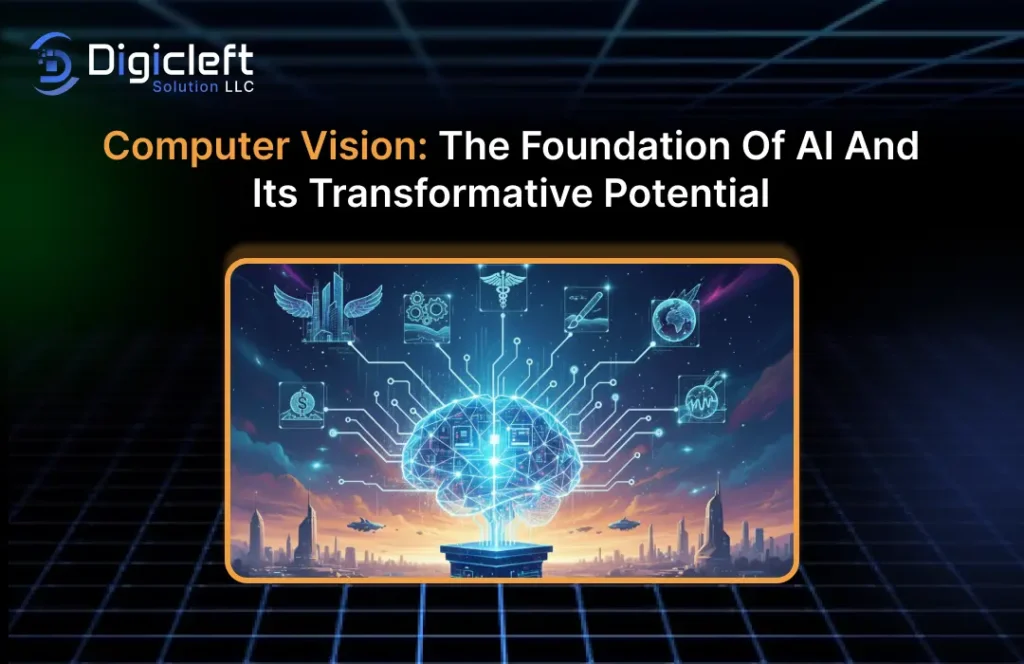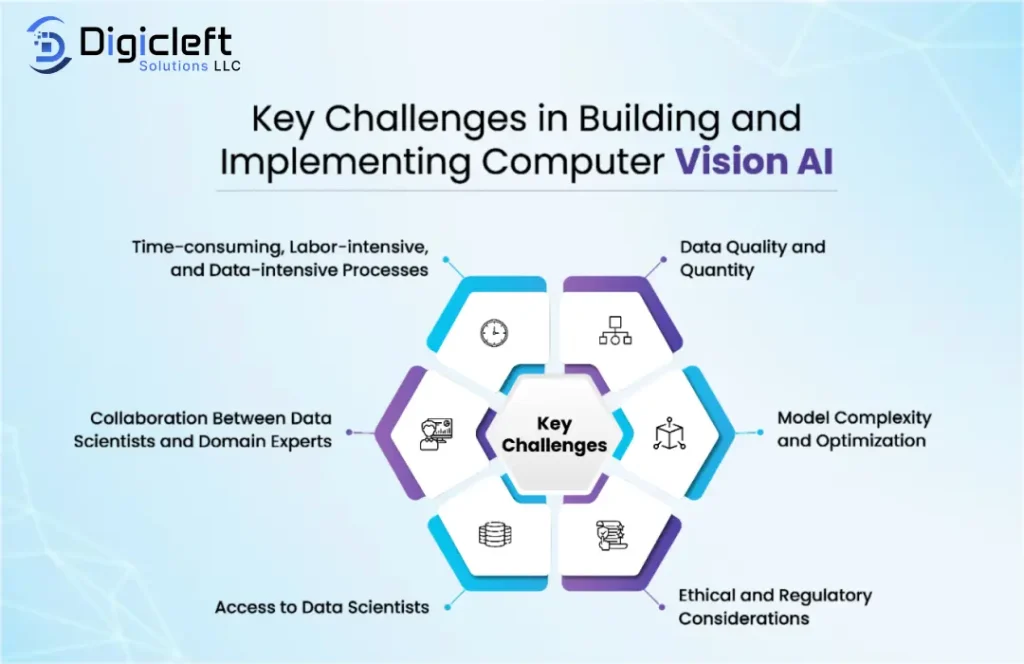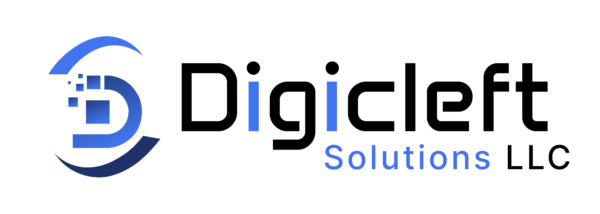
Have you ever wondered how your phone unlocks by just looking at your face, or how self-driving cars recognize stop signs? That’s the magic of computer vision a branch of artificial intelligence (AI) that enables machines to interpret and act upon visual data. It’s not just a it’s one of the strongest pillars holding up the AI revolution.
Computer vision is still changing the way we live, work, and interact with technology. And trust me, its potential is just scratching the surface.
The Basics of Computer Vision
At its core, computer vision is about teaching machines to “see.” But unlike us, machines don’t see in colors or objects they see in numbers, patterns, and pixel grids. Where we instantly recognize a cat, a computer analyzes thousands of pixels to conclude, “Yes, that’s a cat.”
The key difference between human and machine vision lies in interpretation. Humans rely on experience, while machines rely on algorithms and vast datasets.
Core Technologies Behind Computer Vision
- Image Processing Fundamentals: Cleaning, enhancing, and transforming raw images into usable data.
- Neural Networks: Modeled after the human brain, these allow machines to learn patterns.
- Convolutional Neural Networks (CNNs): Specialized neural networks designed to process images, identify edges, shapes, and ultimately, complex objects.
Together, these technologies create systems that don’t just “see,” but also “understand.”
Milestones in Computer Vision
Computer vision didn’t appear overnight. Early systems could barely detect shapes. Then deep learning entered the scene, flipping the script. Suddenly, accuracy soared, and real-world applications became possible.
From defeating humans in image recognition challenges to powering self-driving prototypes, the milestones keep stacking up.
Computer Vision in Everyday Life
- Smartphones: Unlock with a glance, beautify selfies, and tag friends in photos.
- Social Media: Platforms like Instagram and Facebook suggest tags with shocking accuracy.
- Autonomous Vehicles: Cars interpret lanes, traffic lights, and pedestrians in real time.
It’s embedded in your daily routine sometimes invisibly.
Healthcare Transformation
- Medical Imaging: Detecting tumors, fractures, or anomalies in X-rays and MRIs faster than doctors.
- Early Detection: Catching conditions like cancer in early stages, saving lives.
- Personalized Treatments: Matching therapies to patients using computer vision insights.
It’s like giving doctors supernatural vision.
Retail and E-commerce
- Visual Search: Snap a picture, find the product online instantly.
- Automated Checkout: Think Amazon Go grab your item and walk out.
- Customer Analytics: Tracking footfall and buying behavior in stores.
Retail is now less about guesswork and more about precision.

Manufacturing and Industry 4.0
- Quality Control: Machines catch defects faster than human eyes.
- Robotics: Vision-powered robots assemble products with stunning accuracy.
- Predictive Maintenance: Spotting wear and tear before breakdowns occur.
Efficiency meets intelligence, making industries future-proof.
Security and Surveillance
- Video Monitoring: Smart cameras detect suspicious activity.
- Anomaly Detection: Spotting unusual patterns humans may miss.
- Privacy Concerns: Balancing safety with ethical surveillance practices.
It’s powerful but needs careful regulation.
Agriculture and Food Industry
- Crop Monitoring: Drones scan fields for diseases or hydration needs.
- Livestock Management: Vision systems track animal health and movement.
- Food Quality: Detecting contamination or defects in packaging.
Farmers now apply AI like a super tool.
Education and Accessibility
- AI Tutors: Understanding handwritten notes and diagrams.
- Accessibility Tools: Helping visually impaired individuals “see” through descriptions.
- Interactive Learning: Augmented reality lessons powered by computer vision.
Education just got a massive upgrade.
Challenges in Computer Vision
- Data Hungry: Requires massive datasets to perform well.
- Bias: If trained poorly, systems can discriminate.
- Ethical Concerns: From privacy to surveillance abuse.
These hurdles must be addressed before mass adoption.
Future Trends
- AR and VR Integration: Merging digital and physical realities.
- Edge AI: Faster, real-time processing without cloud reliance.
- Self-Learning Vision Systems: Machines teaching themselves without human input.
It’s like science fiction slowly turning into reality.
The Role of Companies like Digicleft Solution
Pioneers like Digicleft Solution are critical here. They’re not just adopting computer vision they’re customizing it. From creating bespoke solutions for businesses to making cutting-edge AI accessible, they’re the bridge between complex technology and real-world needs.
By driving innovation, they ensure even smaller businesses can harness the power of AI without breaking the bank.
Conclusion
Computer vision isn’t just another piece of AI it’s the foundation. It empowers machines to interpret the world, transforming industries from healthcare to retail, and even the way we learn.
Its potential? Transformative. Its future? Boundless. The only question left are we ready to embrace it completely?
FAQs
- What industries benefit most from computer vision?
Healthcare, retail, manufacturing, agriculture, and security are leading the pack. - How does computer vision differ from human vision?
Humans rely on experience and instinct, while machines analyze patterns and pixel data. - Is computer vision safe to use in healthcare?
Yes, when trained properly, it enhances diagnosis and reduces errors but human oversight remains vital. - Will computer vision replace human jobs?
It may automate repetitive tasks, but it also creates opportunities in AI development and oversight. - How can small businesses adopt computer vision?
Through tailored solutions from providers like Digicleft Solution, making the tech affordable and practical.


